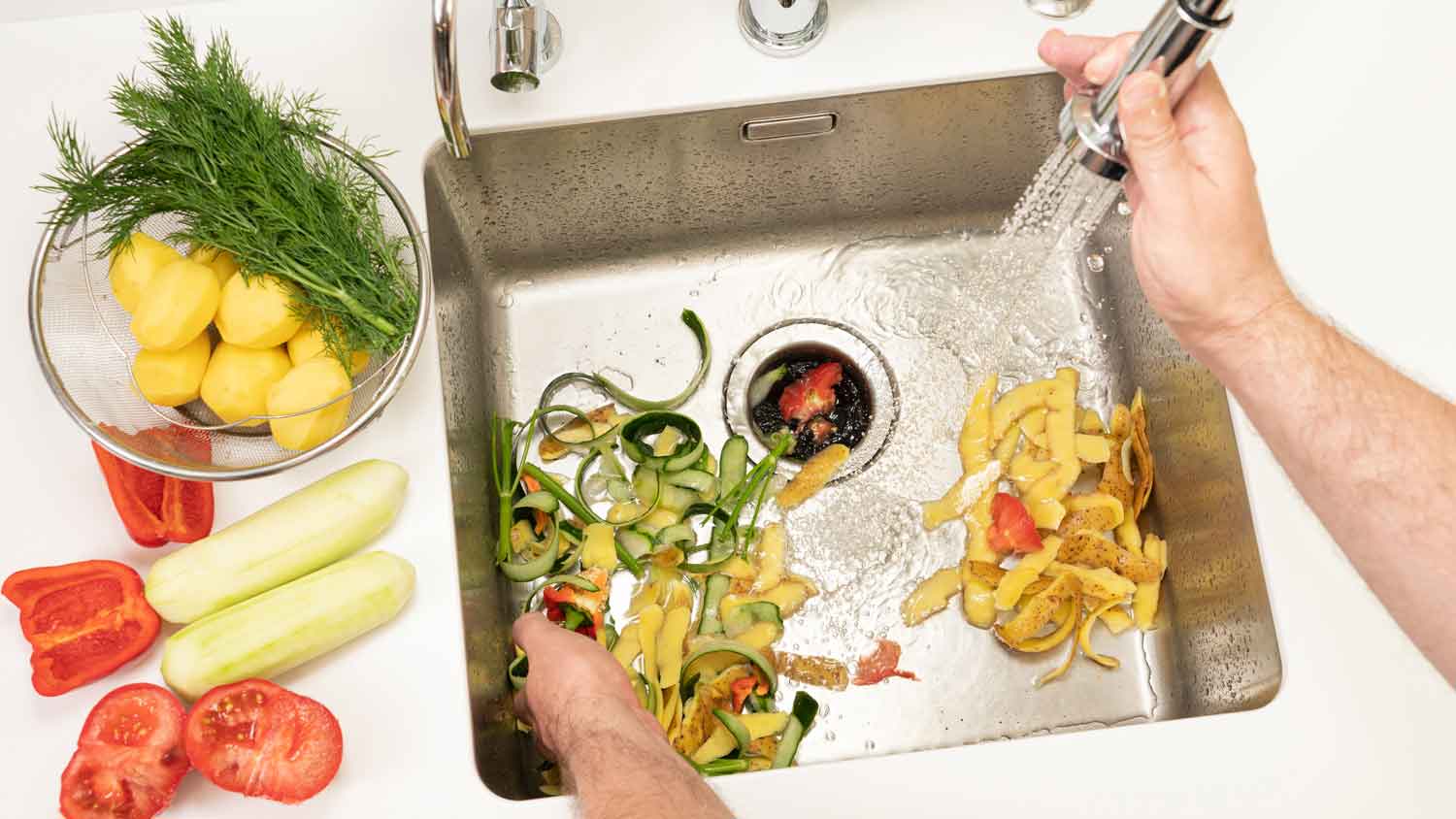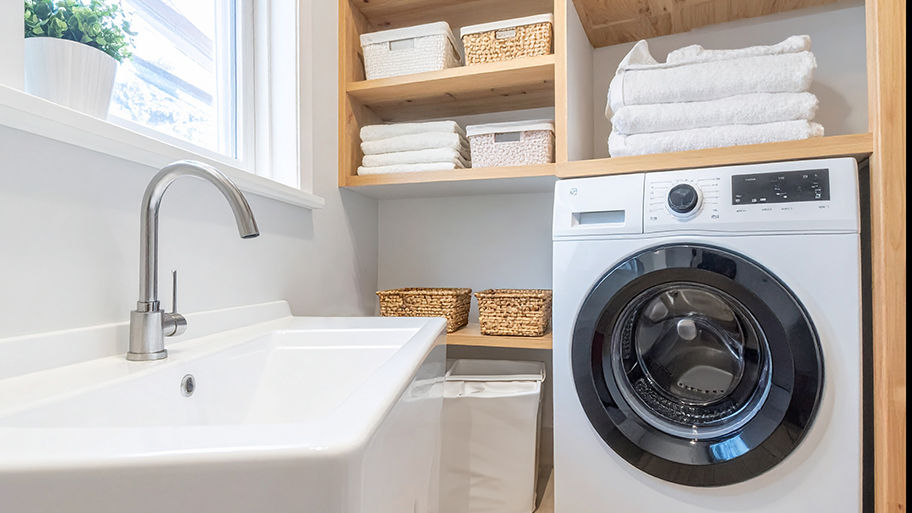
Here's a look at how much you can expect to pay to replumb your mobile home with new pipes that meet all local code requirements and environmental regulations.
Dispose of garbage disposal issues once and for all


Your garbage disposal is the unsung hero of your kitchen–it prevents food debris and other gunk from accumulating in your P-trap and drain pipes, helping you to avoid a severe clog or costly repair. However, a garbage disposal does break down occasionally and requires replacement, and it can harbor foul odors that you might need to address. In either case, you can follow the steps in this guide to learn how to remove a garbage disposal, and fix your problem, in about 15 minutes.
Garbage disposals use electricity to churn up water and debris that moves through your sink drain. Anytime that you are working with electricity and water, you need to take the proper safety precautions to ensure there’s no power running to your appliance. Start by shutting off the power at the circuit breaker, either to your garbage disposal only or to your entire kitchen.
In some cases, the circuit breaker switch can fail and still carry some power to your garbage disposal. Use a contactless voltage detector to double-check that no power is running to your garbage disposal before you get started.

Once you’ve confirmed that the power is off to your garbage disposal, you can disconnect the drain pipe, which is the pipe exiting close to the bottom of your garbage disposal.
Place your bucket under the drain in case any water or debris comes out when you loosen the connection. Unscrew the PVC nut or wing nut by hand until the drain line disconnects. Remove the P-trap that extends from the drain line, or move it to the side.
Many garbage disposals also receive water from the dishwasher, in which case you’ll have a separate hose coming through the inside wall of the cabinet and connecting near the top of your disposal. This is usually connected with a hose clamp, so you can unscrew it and disconnect it using a screwdriver. Be sure to use your bucket to catch any water caught in the line.

Your garbage disposal is heavy, and once you disconnect it from the bracket under the sink, it will drop onto the cabinet floor. Either have another person support it while you complete this step or set up a cardboard box underneath it to prevent it from falling.
With the appliance supported, use your garbage disposal wrench to unscrew the disposal from the mounting bracket that’s bolted to the underside of your sink.
At this point, the only thing connected to your disposal will be the electrical lines that provide power. They should run into a removable plate on the underside of the appliance. Unscrew the plate, and then unscrew the plastic wire nuts. Untangle the exposed wires and unscrew the copper ground wire. There might be a wire strain relief that clamps the wires in place and prevents them from pulling on the interior connections. Unscrew the screws clamping the wires if there are any, and remove your garbage disposal.
If you’re going through this process to clean the garbage disposal to remove odors from your kitchen, consider marking the wires using tape so that you know exactly how to reverse the process to re-install your garbage disposal.
Removing a garbage disposal is a fairly simple task that most homeowners can do themselves following the steps above. Garbage disposal repair costs will usually range between $70 and $300, so you could save quite a bit of money if you are comfortable doing the work yourself.
However, remember that this is an appliance that uses water and electricity, which don’t mix. There are a few instances that warrant a call to a local garbage disposal repair company, including:
You’re not comfortable working with electrical wiring.
Your voltage detector shows that your appliance is still “hot” even after the breaker is shut off.
You’re unable to disconnect the connections without significant force.
You notice leaks under your sink before or after you remove and replace your garbage disposal.
From average costs to expert advice, get all the answers you need to get your job done.

Here's a look at how much you can expect to pay to replumb your mobile home with new pipes that meet all local code requirements and environmental regulations.

Pipe leak repair costs depend on the location and severity of the leak, as well as the type of pipe being replaced. Use our guide to price out repair work.

The cost to add plumbing to a detached garage depends on several factors, including the type of plumbing and the garage's distance from your home.

Understand how much water a toilet uses per flush and find ways to make your house more sustainable and efficient while lowering water bills.

If the temperatures plummet below 20 degrees, you should pay attention to your home’s pipes. Learn what to do if pipes freeze, and how to prevent them from bursting.

Cutting pipes can be easy, but this job requires some safety measures. Learn how to cut metal pipes quickly and safely for any plumbing project.